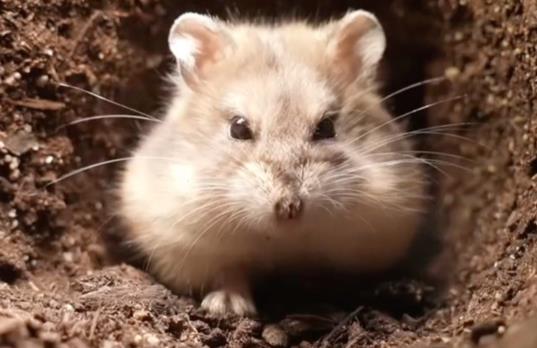Biological Classification of "Aquatic Hamsters"
Strictly speaking, there is no such species as a "fully aquatic hamster" in the biological sense. However, within the Cricetidae family (the family that includes hamsters), there are indeed related species that are semi-aquatic or adapted to wetland environments. Examples include:

European Water Vole (Arvicola terrestris)
Classified under the genus Arvicola within the Cricetidae family, it inhabits water-rich areas such as rivers and marshes.
It feeds primarily on aquatic plants, is active both day and night, and does not hibernate.
Its distribution spans Europe, Asia, and parts of Africa; records also exist of its presence in Xinjiang, China.
Muskrat (Ondatra zibethicus)
Though categorized under the genus Ondatra in the Arvicolinae subfamily (within the Cricetidae family), it is often mistakenly called a "water monkey" due to its semi-aquatic habits and physical features—such as its paddle-like tail and webbed feet.
It is widely distributed across North America, Europe, and Asia (e.g., Northeast China), feeding on aquatic plants and small aquatic animals.
Key Distinctions
European Water Vole: Strictly part of the Cricetidae family, but its ecological niche is oriented toward wetland environments.
Muskrat: While it belongs to the Cricetidae family, it shares more ecological characteristics with beavers and is not a typical hamster.
Conclusion
There are no fully aquatic species within the Cricetidae family. However, the family does include members that have adapted to wetland habitats or exhibit semi-aquatic behaviors.
